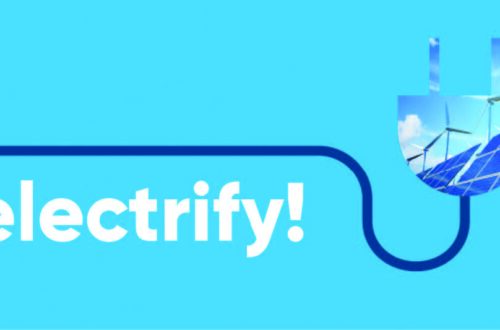In an economy struggling to recover, businesses and individuals alike are trimming costs wherever possible. Many homeowners are choosing to put their budgets on a diet — and a good place to start eliminating unnecessary costs is with energy use. Most homeowners pay dearly for the convenience of appliances, climate control, and electric lighting. Among the top home energy expenses are heating and cooling. There are ways, however, to reduce the cost of these conveniences with little effort.
Climate Control
By far, the largest energy expense in the home is space heating, which accounts for 45% of home energy usage. Cooling accounts for another large chunk. Together, these two forms of energy usage cost a bundle — but employing a few easy tricks can help make climate control more energy efficient:
- Insulation. Make sure your home is thoroughly insulated, especially attics and exterior walls. If you don’t know how long it’s been since your insulation was replaced, particularly if your home is older, it may be time to call a professional to come give your insulation a check-up.
- Know your home. Every house has unique climate control quirks — rooms that are naturally cooler and rooms that are naturally warmer. Close or open air vents to control the airflow into these rooms so you don’t waste energy heating a room that’s already warm or cooling a room that’s already cool.
- Turn it off. If you’re leaving the house for half a day or more, it’s worth it to simply turn off the air conditioning or heating so you aren’t paying to heat or cool a house that isn’t being occupied.
- Windows. It may surprise you to learn that windows are one of the worst energy thieves — sucking cold air out of your home in the summer, and leaching warm air from your home in the winter. Using double or even triple-paned windows can help reduce loss of warm or cool air.
Check out the infographic below for more tips to keep your windows from raising your energy bill.

Graphic provided by PurelyShutters.com/blog





